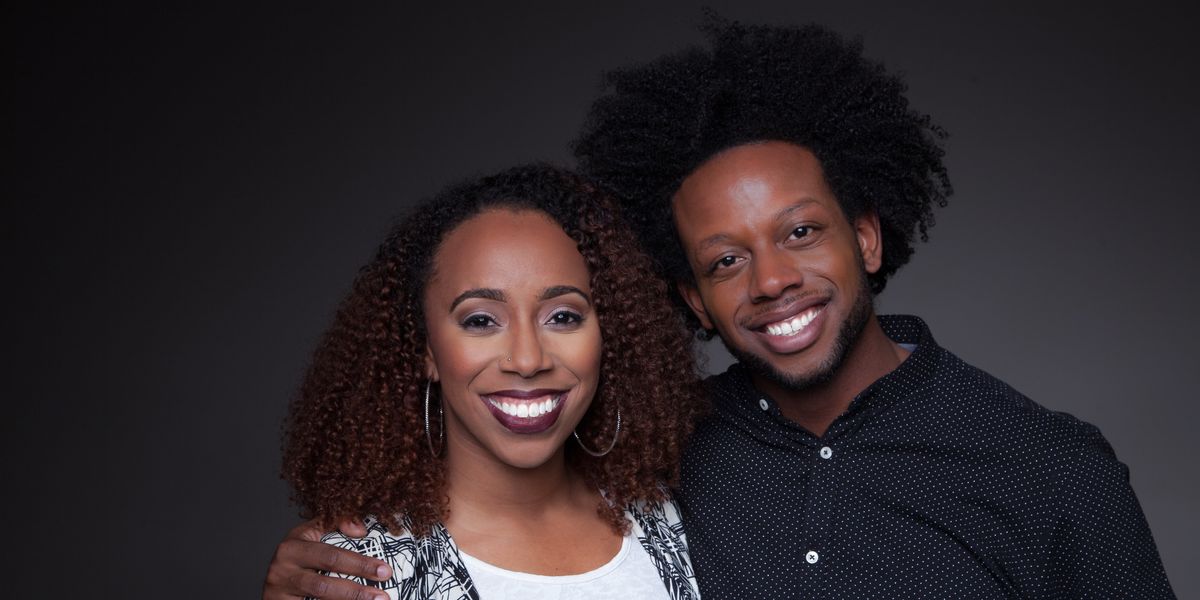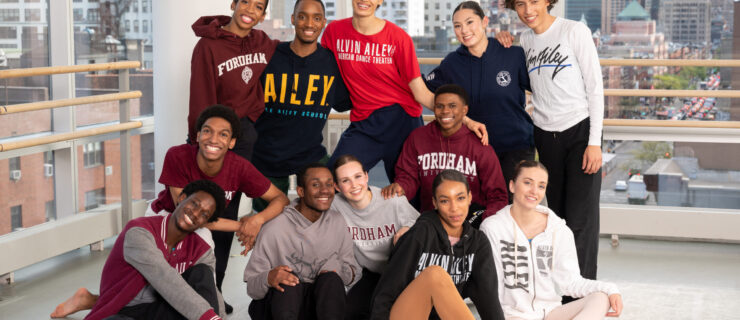College Dancers: Here's Why You Need Peer-to-Peer Mentoring
Nigel Campbell wants to let you in on a secret: College is finishing school. “You’re meeting the people you’ll know for the rest of your artistic life,” explains the co-director of the Gibney Dance Company. “You never know if the person next to you at the barre will be the next director of a big company.” Translation? Now’s the time to build meaningful relationships with classmates. As Campbell and Chanel DaSilva—longtime friends and founders/artistic directors of MOVE(NYC)—know firsthand, the peer mentoring relationships built during your undergraduate years can make or break your postcollege dance career.
 Nigel Campbell (Scott Shaw, courtesy Campbell)
Nigel Campbell (Scott Shaw, courtesy Campbell)
Lean on Me
What makes peer mentoring different from professor-student mentoring? “You’re able to meet each other where you are,” Campbell says. “It’s important to talk with teachers because they have more information than you do, but it can feel like they don’t understand because they’ve already ‘made it.’ ” Your fellow dance majors know exactly how you feel—and are therefore well-equipped to help you get through whatever’s stressing you out.
Support from a trusted peer can even redirect your career path. Before she danced with the Lar Lubovitch Dance Company and Trey McIntyre Project, DaSilva was a self-described underdog. “Nigel and I were not the dancers that everyone expected to rise to the top, but together we became Presidential Scholars in the Arts and graduated from LaGuardia High School of Performing Arts at the top of our class,” she says. “Our genuine partnership helped us push each other to be winners.”
 Chanel DaSilva (Jubal Battista, courtesy DaSilva)
Chanel DaSilva (Jubal Battista, courtesy DaSilva)
From Friendship to Mentorship
Building a peer-mentoring relationship is simpler—and less intimidating—than you might think. “When you’re an underclassman looking up to the juniors and seniors, you feel like they’re untouchable beings,” DaSilva recalls. A compliment is an easy way to break the ice with a student whose talent or drive you admire. “That senior has their own insecurities, and probably thought they looked awful doing the combination,” she says.
Let’s say you’re the upperclassman who notices that a particular freshman or sophomore is struggling. “I have always felt the responsibility to go up and ask how everything’s going,” Campbell says. “Invite them for lunch or coffee, get to know them as people, and create a safe space for exchange. Then you can begin the artistic work.”
Keep It Real
Once you and your peer mentors trust each other as friends, you can begin to help one another grow as artists and technicians by providing honest feedback. And we do mean honest: “When I was younger and peers would ask me to watch their piece or solo, I’d sometimes hold back some very critical feedback because I didn’t want them to not like me,” DaSilva says. “Seeing the work later, I realized I should’ve said something.”
There are ways to give your classmate helpful information without hurting feelings. “Instead of saying, ‘This part doesn’t make sense,’ ” DaSilva suggests, “ask, ‘What was your intention for the first part? Talk to me about that.’ ” With patience, you and your fellow dancers can guide each other to your best possible work—and a bright postcollege future in dance.
A version of this story appeared in the March 2019 issue of
Dance Spirit with the title “(Mentor)Ship It.”




